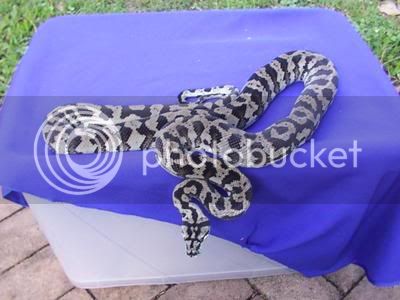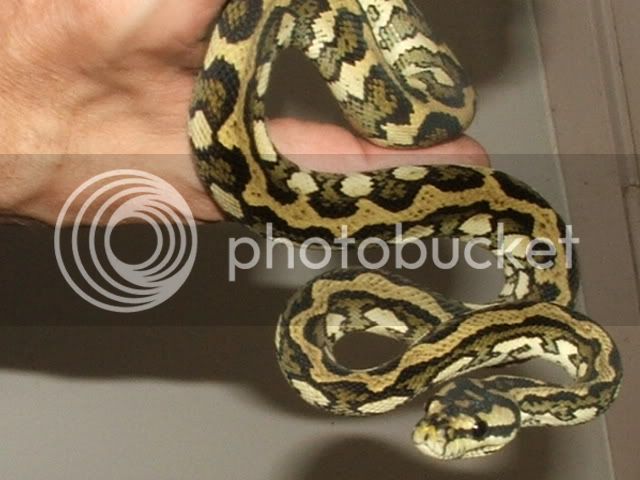flavirufus
Active Member
Hi Ad,
I'm just getting my head around it myself and don't have a good grip on highland/lowland differences yet. I started calling the lowland ones Cape Trib carpets a several years back when I didn't quite understand their distribution and it seemed to catch on amongst people I associated with (however, I'm SURE others would have been calling them this quite independantly of me). I've PM'd you with some more details. As with others, I'm reluctant to divulge specific info on their distribution, beyond the fact that they occur in pockets through the Daintree.
Hi Dave,
No arguments about Julatten being the well-known spot. Other populations of "black & whites" seem much less know, even by those who live up there. There's definitely some Darwin influence in the carpets found further north.
Matt
I'm just getting my head around it myself and don't have a good grip on highland/lowland differences yet. I started calling the lowland ones Cape Trib carpets a several years back when I didn't quite understand their distribution and it seemed to catch on amongst people I associated with (however, I'm SURE others would have been calling them this quite independantly of me). I've PM'd you with some more details. As with others, I'm reluctant to divulge specific info on their distribution, beyond the fact that they occur in pockets through the Daintree.
Hi Dave,
No arguments about Julatten being the well-known spot. Other populations of "black & whites" seem much less know, even by those who live up there. There's definitely some Darwin influence in the carpets found further north.
Matt





